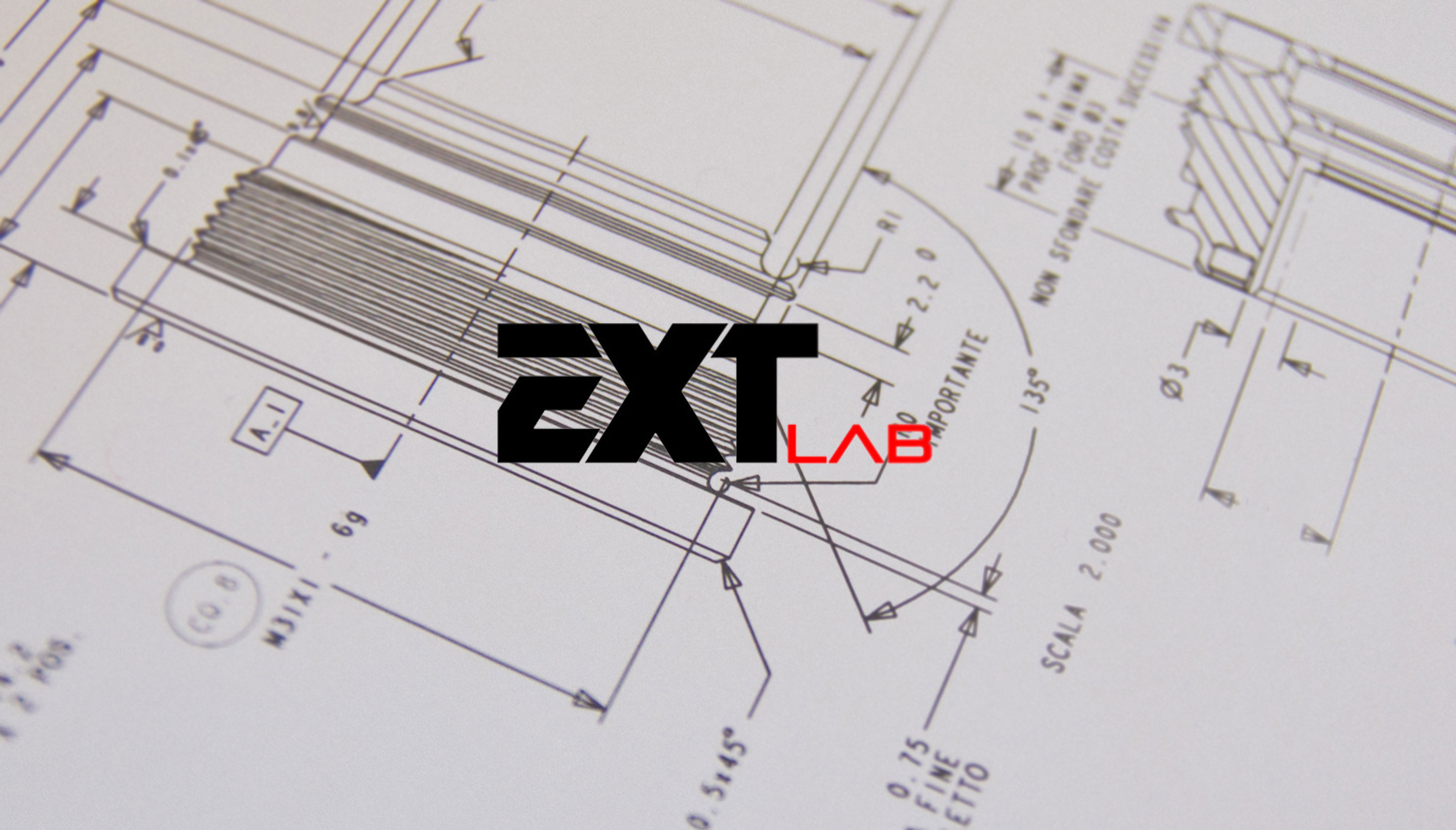EXT Racing Shox is glad to introduce you TECH LAB, a simple, intuitive and scientific way to tell you more about shock absorbers and how they works. In this first episode we look about damping.
Damping: The primary function on the vehicle is to damp the sprung and unsprung masses at their resonant frequencies. A secondary function is to control the rate of weight transfer during transient such as braking, corner entry, and acceleration.
In a suspension system are involved more forces than only damping: such as spring, and friction. Have a generic look on this force and how they are dependent from velocity and displacement in the animation below.
Anyway a suspension can be considered as:
- Spring / Mass (Chassis – Sprung Mass) / Damper System.
- Tyre (as the spring) / Suspension Parts (Wishbones – Unsprung Mass) / A little bit of tire damping.

On the graphs below a representation of forces involved in a suspension system.

Damping force is affected by components present in a shock absorber. In the following images are shown the “essential” components of a shock, such as: Piston and Shaft (to create FLOW), Orifices (for a PRESSURE LOSS) and reservoir (pressure to accumulate oil displacement by shaft).

The FLOW THROUGH PISTON in a shock absorber is the quantity of hydraulic fluid moved by the piston and can easily calculated by the following formula:
Where is the piston area,
is the shaft area and
is the shaft speed.
Orifice could be present also in valves and as for piston this create a pressure loss. In the same way as above the FLOW THROUGH VALVE can be calculated by the formula:
Where is the shaft area and
is the shaft speed.

In the diagram below a quick representation on how a shock absorber works through physics parameters.

In the next episode you can have a look at origin of damping forces. Stay tuned!

